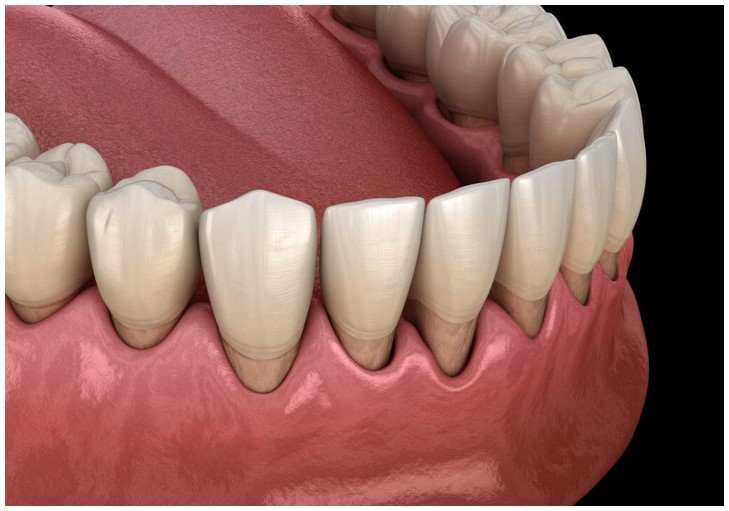
Estrogen imbalance is a common condition that affects many women. It can cause a variety of symptoms, including mood swings, weight gain, fatigue, and irregular periods. Recognizing the signs of hormonal imbalance is important for maintaining overall health and wellbeing. This article will discuss the symptoms of estrogen imbalance and how to recognize them. It will also provide tips on how to manage the condition and reduce its symptoms.
How to Recognize the Signs of Estrogen Imbalance: Symptoms to Look Out For
Estrogen imbalance is a common condition that can cause a variety of symptoms. It is important to recognize the signs of estrogen imbalance in order to seek treatment and maintain good health.
The most common symptoms of estrogen imbalance include changes in menstrual cycle, such as irregular periods, heavy bleeding, and missed periods. Other symptoms may include hot flashes, night sweats, mood swings, depression, anxiety, and difficulty sleeping. Women may also experience changes in their libido, vaginal dryness, and breast tenderness.
In addition to these physical symptoms, women may also experience cognitive changes, such as difficulty concentrating, memory problems, and difficulty making decisions.
It is important to note that these symptoms can be caused by other conditions, so it is important to consult a doctor if you are experiencing any of these symptoms. Your doctor can perform tests to determine if you have an estrogen imbalance and recommend treatment options.
Treatment for estrogen imbalance may include lifestyle changes, such as eating a healthy diet and exercising regularly. Hormone replacement therapy may also be recommended to restore hormone levels.
If you are experiencing any of the symptoms of estrogen imbalance, it is important to seek medical advice. Early diagnosis and treatment can help to reduce the severity of symptoms and improve overall health.
Exploring the Causes of Estrogen Imbalance and How to Treat It
Estrogen imbalance is a common condition that affects many women. It occurs when the body produces too much or too little of the hormone estrogen. This can lead to a variety of symptoms, including irregular menstrual cycles, hot flashes, night sweats, mood swings, and weight gain. It can also increase the risk of certain health conditions, such as endometriosis, fibroids, and infertility.
The exact cause of estrogen imbalance is not always clear, but there are several factors that can contribute to it. These include age, lifestyle, diet, and certain medical conditions.
Age: As women age, their bodies produce less estrogen. This can lead to an imbalance in the hormone levels.
Lifestyle: Stress, lack of exercise, and smoking can all affect the body’s production of estrogen.
Diet: Eating a diet high in processed foods and low in fruits and vegetables can lead to an estrogen imbalance.
Medical conditions: Certain medical conditions, such as polycystic ovary syndrome (PCOS) and thyroid disorders, can cause an imbalance in estrogen levels.
Treating estrogen imbalance depends on the underlying cause. If the cause is age-related, hormone replacement therapy may be recommended. This involves taking estrogen supplements to restore the body’s natural balance.
If the cause is lifestyle-related, lifestyle changes may be necessary. This includes reducing stress, exercising regularly, and quitting smoking. Eating a balanced diet that is rich in fruits and vegetables can also help.
If the cause is a medical condition, such as PCOS or a thyroid disorder, treatment will depend on the condition. This may include medications, hormone therapy, or surgery.
In conclusion, estrogen imbalance is a common condition that can cause a variety of symptoms. The exact cause of the imbalance is not always clear, but it can be caused by age, lifestyle, diet, and certain medical conditions. Treatment depends on the underlying cause and may include hormone replacement therapy, lifestyle changes, or medications.
Conclusion
estrogen imbalance symptoms can be difficult to recognize, but it is important to be aware of the signs of hormonal imbalance. If you experience any of the symptoms listed above, it is important to speak to your doctor to determine the cause and to receive the appropriate treatment. Estrogen imbalance can have serious consequences, so it is important to take action as soon as possible. With the right diagnosis and treatment, you can restore balance to your hormones and improve your overall health.








